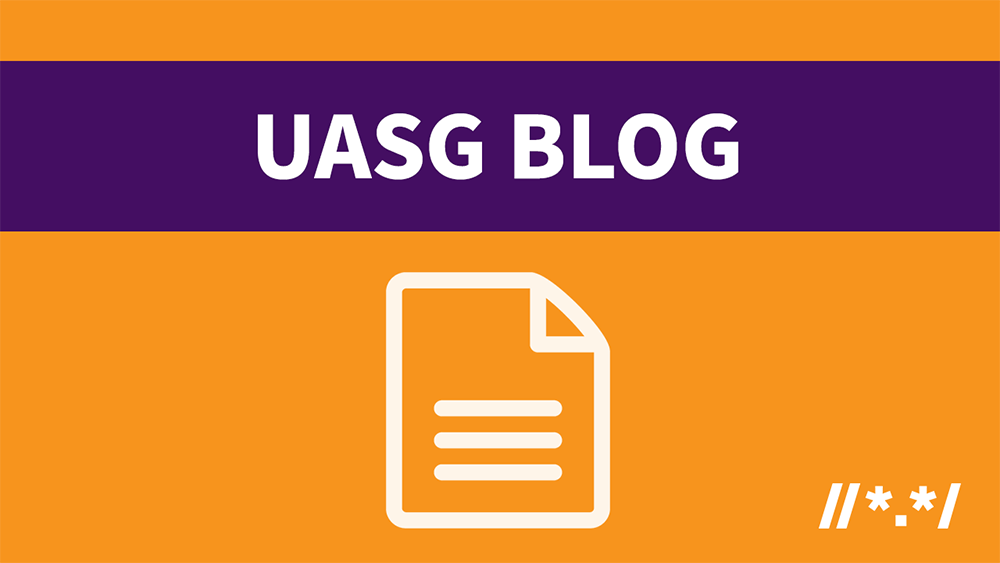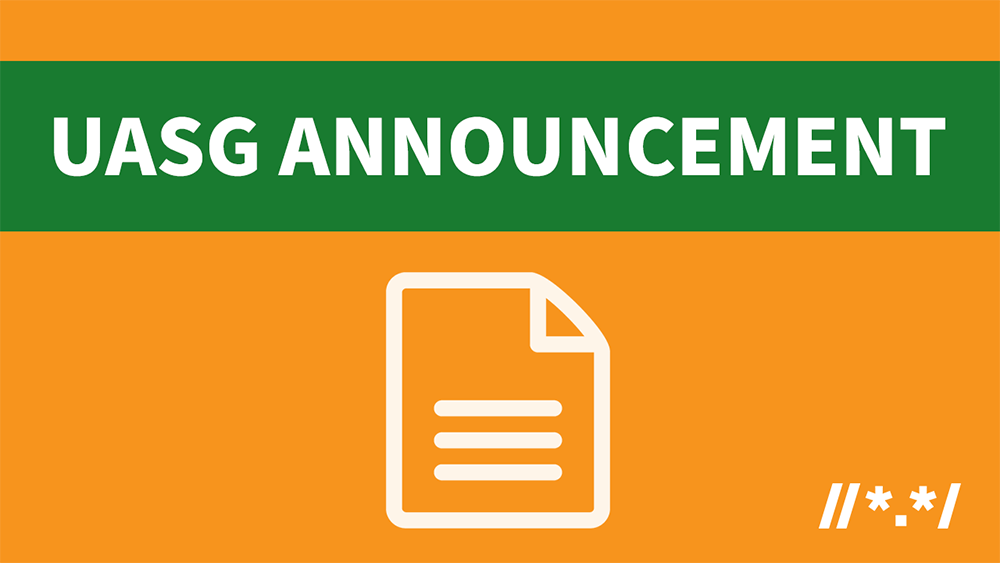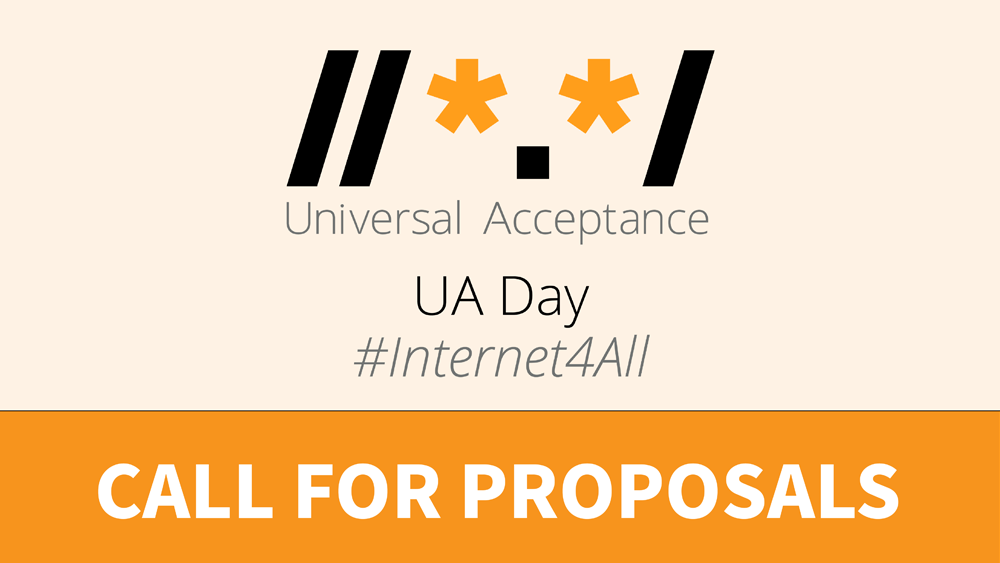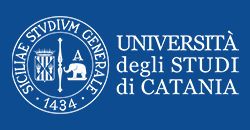Universal Acceptance is a foundational requirement for a truly multilingual Internet, one in which users around the world can navigate entirely in local languages. It is also the key to unlocking the potential of new generic top-level domains (gTLDs) to foster competition, consumer choice and innovation in the domain name industry.
To achieve Universal Acceptance, Internet applications and systems must treat all TLDs in a consistent manner, including new gTLDs and internationalized TLDs. Specifically, they must accept, validate, store, process and display all domain names.
Now is the time to get your systems ready for Universal Acceptance and create the truly inclusive Internet of the future.
Latest Announcements
UASG Publishes 2023 Universal Acceptance Activities Report
By the UASG 2023 was a milestone year for Universal Acceptance (UA). From local awareness and training sessions around the
UASG Announces Shortlisted Events for UA Day 2024
The Universal Acceptance Steering Group (UASG) has published the shortlisted events for the second annual Universal Acceptance (UA) Day, which
UASG Announces Call for Proposals for UA Day 2024
This announcement is also available in العربية, Español, Français, Português, Pусский, 中文. The Universal Acceptance Steering Group (UASG) is calling









